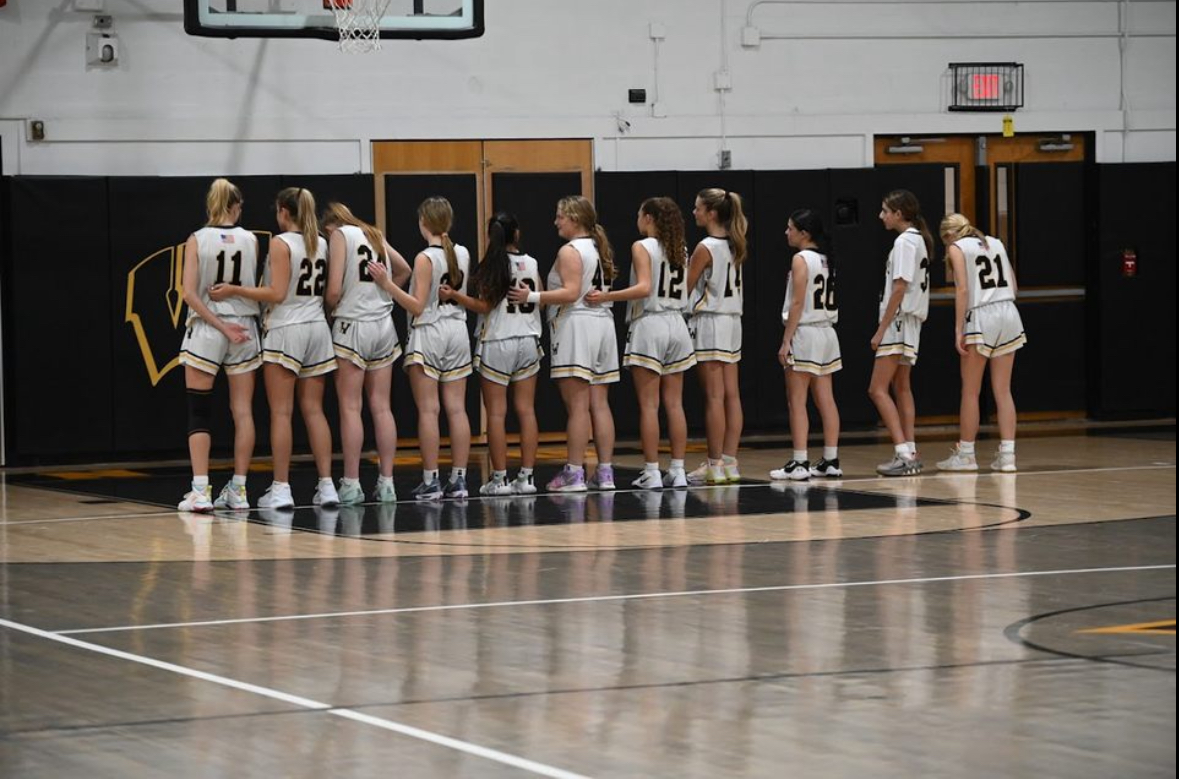As a senior, college talk consumes your life. It starts off as complaining about applications, then blossoms into discussions and celebrations over acceptances, and finally, makes a sharp turn into impatiently waiting for financial aid or scholarships from the school. This cycle always concludes with a painful talk with Mom and Dad about expenses. With the economy in a downward spiral, it’s evident that college tuitions are borderline unaffordable territory.
The average American makes about $50,000 annually, so how are parents expected to pay that price for their child to attend a university? The amount of colleges that charge over $50,000 a year for tuition and room and board has increased to 123 schools for the academic year of 2011-2012 compared to 100 universities for the 2010-2011 semesters. It’s nearly impossible for a student to attend one of these colleges and not have at least $40,000 in loans hovering over their heads after four years.
So why are college tuitions rising faster than inflation? Each year, state budgets continue to diminish, decreasing the amount states pay for college while forcing the students’ role in paying for education to expand. Because public universities rely on state funding, their tuitions have increased at a faster rate than those of private schools, yet both seem to be creating a financial burden for many families worldwide.
It’s frightening that 123 schools have exceeded the $50,000 tuition mark, but it’s even more troublesome that universities will start reaching a new limit of $60,000 within the next year. The 25 most expensive colleges of this year are already so expensive that it’s bound to happen. Sarah Lawrence College, the most expensive college in the world, is just shy of $60,000 with tuition of $59,170. Landmark College and New York University fall close behind, estimating $57,330 and $56,787. The average American students who attend these expensive schools without the financial support of federal aid or scholarships will most certainly be receiving their diploma, along with a hefty bank statement.
Yes, receiving an education is important, but is it worth $50,000? If you were a parent, would you be willing to spend this much? It’s hard when your kid wishes to attend a school that is expensive, but without figuring in aid and scholarships, these numbers are downright ridiculous. It’s funny to hear adults saying $30,000 isn’t bad for a college, but when you think about it, why should universities even cost that much in the first place? If the price of college continues to increase rapidly, soon we’ll be thinking $50,000 is a good bargain.












